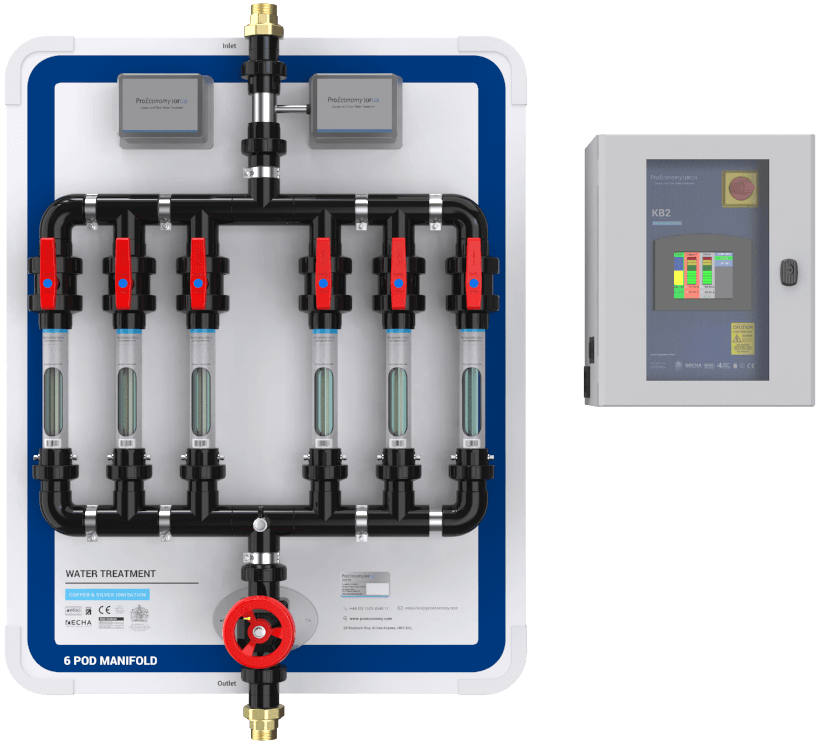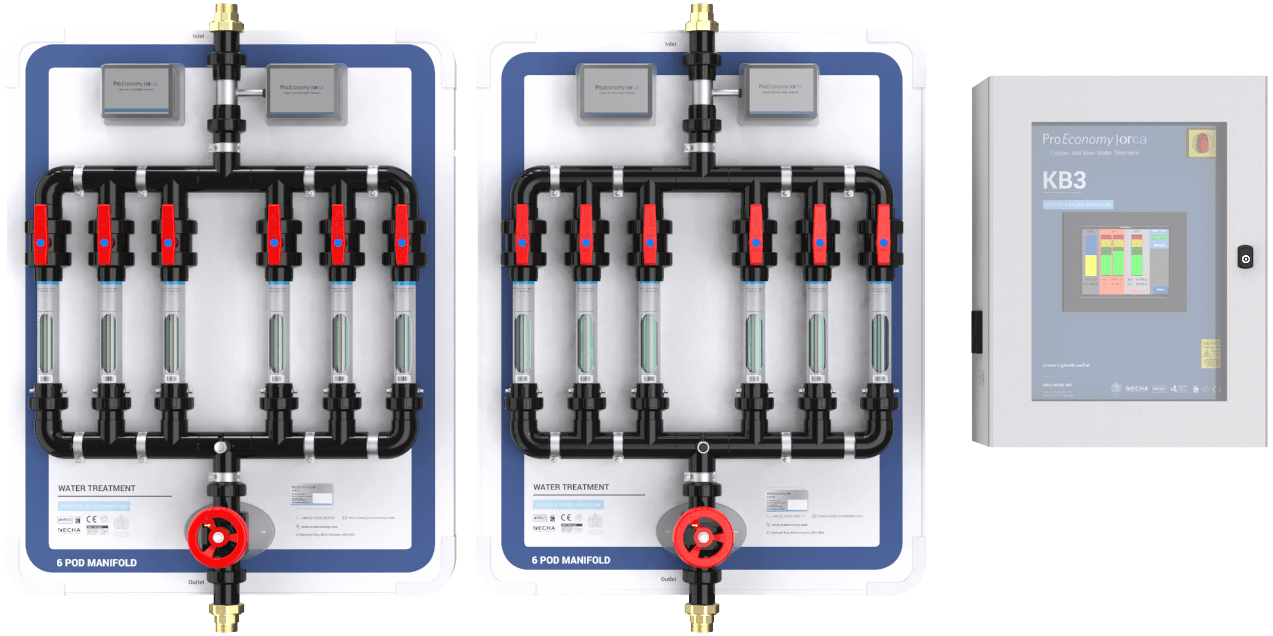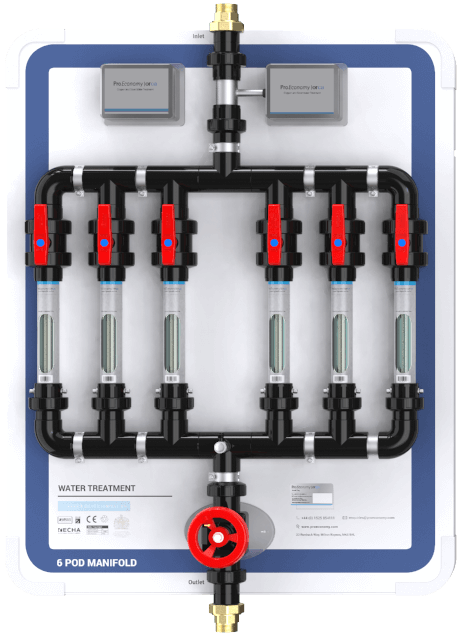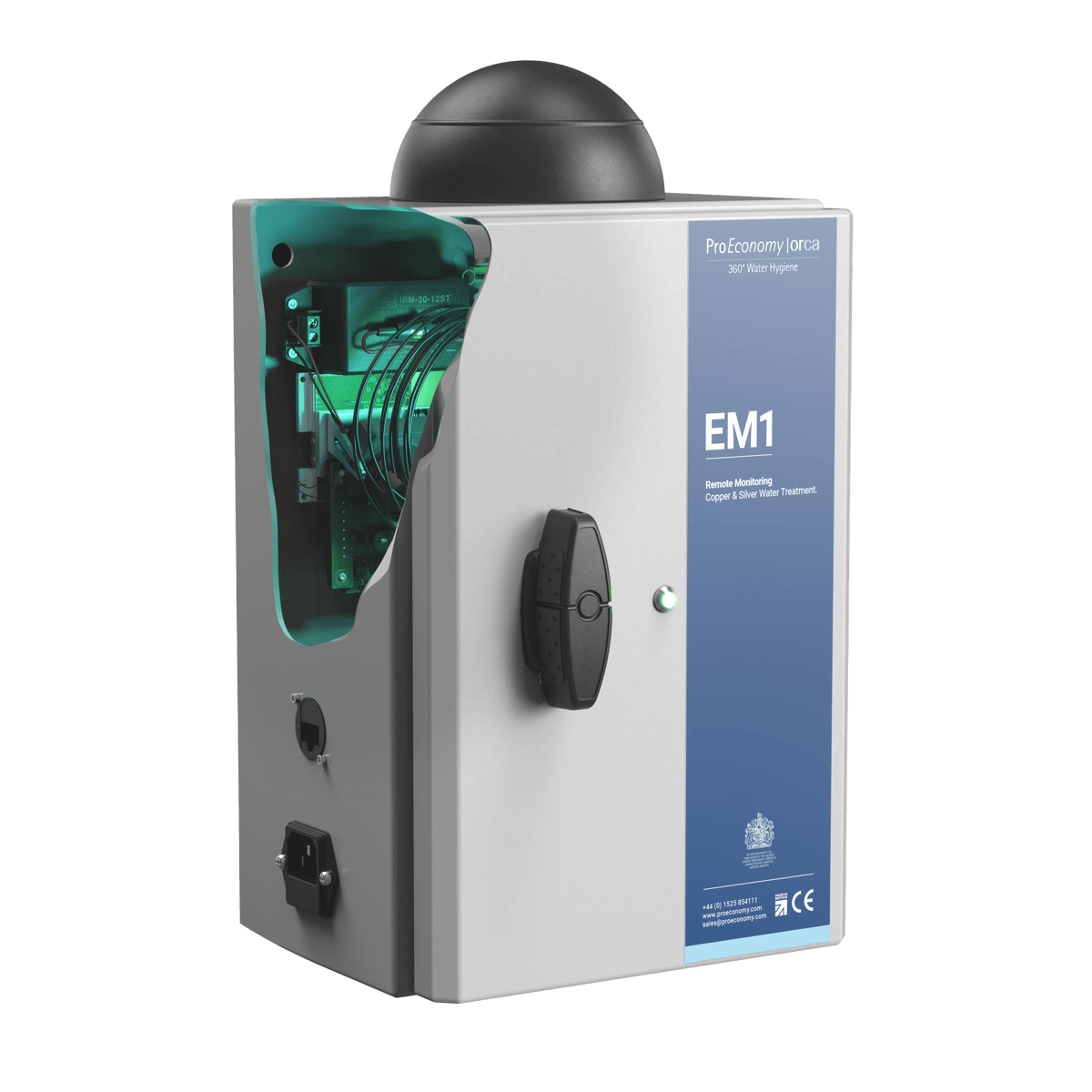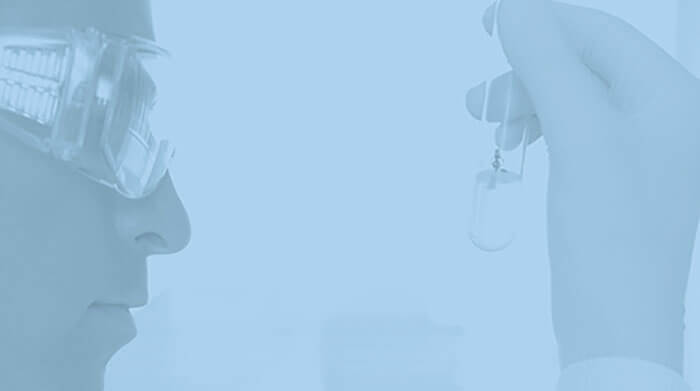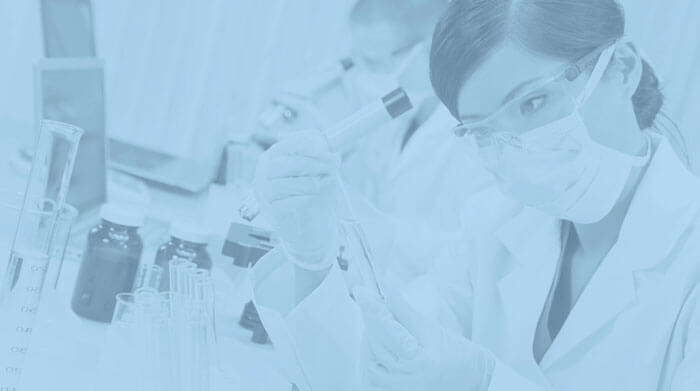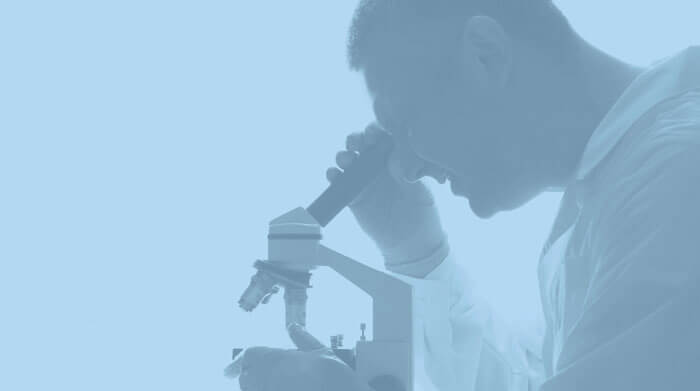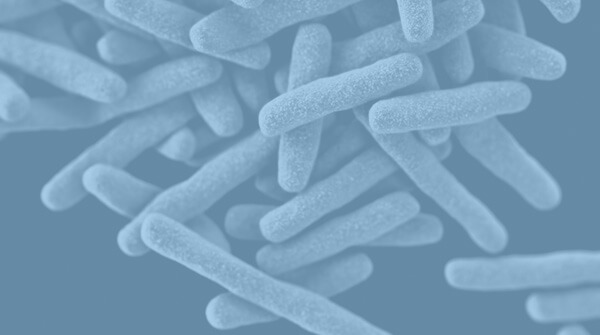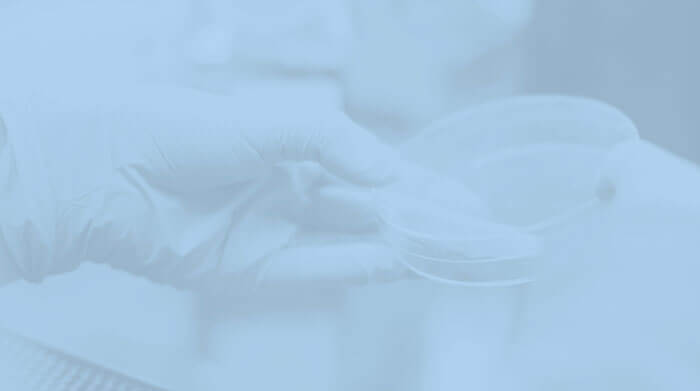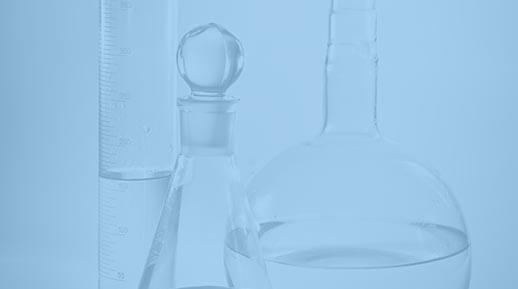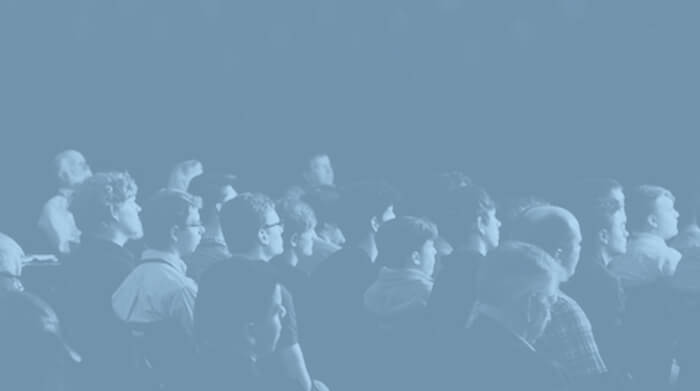
Issue 1 of the new ProEconomy Newsletter was published recently. We aim to keep you up-to-date on a monthly basis with what we do, new scientific articles and our blog articles.
The 1st Issue Of The New ProEconomy Newsletter
The first issue reports on the installation of the Orca at Churchill Hospital (part of John Radcliffe in Oxfordshire). The Orca has completely eradicated Legionella at the site.
The BS 8554:2015
We also mention the new BS 8554:2015 (Code of practice for the sampling and monitoring of hot and cold water services in buildings). This provides clarification in regard to the issue of which copper and silver neutralising agent to use when sampling water for Legionella analysis (sodium thiosulphate or EDTA). This was not clear in the now out-of-date standard BS 7592:2008 (Sampling for Legionella bacteria in water systems).
The new BS 8554:2015 states that which neutralising agent to use is up to the lab doing the analysis. However, we have been gathering a substantial amount of scientific evidence on this. This data shows that sodium thiosulphate should be the neutralising agent to use when collecting samples from water systems using copper and silver ionisation as a modality of Legionella control for the following reasons:
-
Sodium thiosulphate is not biocidal to the bacteria in the sample, which is a very important point. EDTA on the other hand is biocidal in nature (Al-Bakri et al. 2009). When you are sampling outlets you don’t want the neutralising agent to kill the pathogens in-transit to the lab.
-
EDTA has not been validated for use as a neutralising agent for copper and silver. The BS 7592:2008 was also not clear as to the amount of EDTA you should add to the sampling bottles.
One of the scientists from the lab which carry out our water analyses is finalising a paper for publication. This will provide an explanation on why you should not use EDTA as a neutralising agent when sampling copper silver ionisation systems.
I hope you will enjoy our newsletter!

